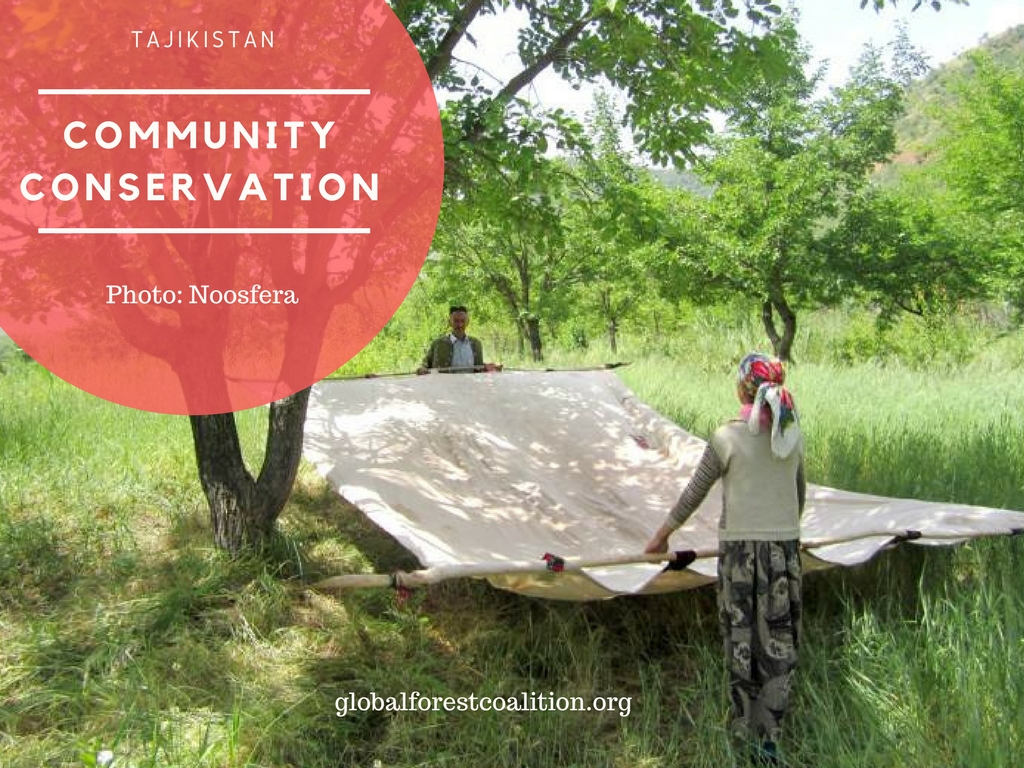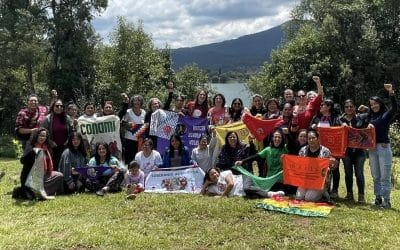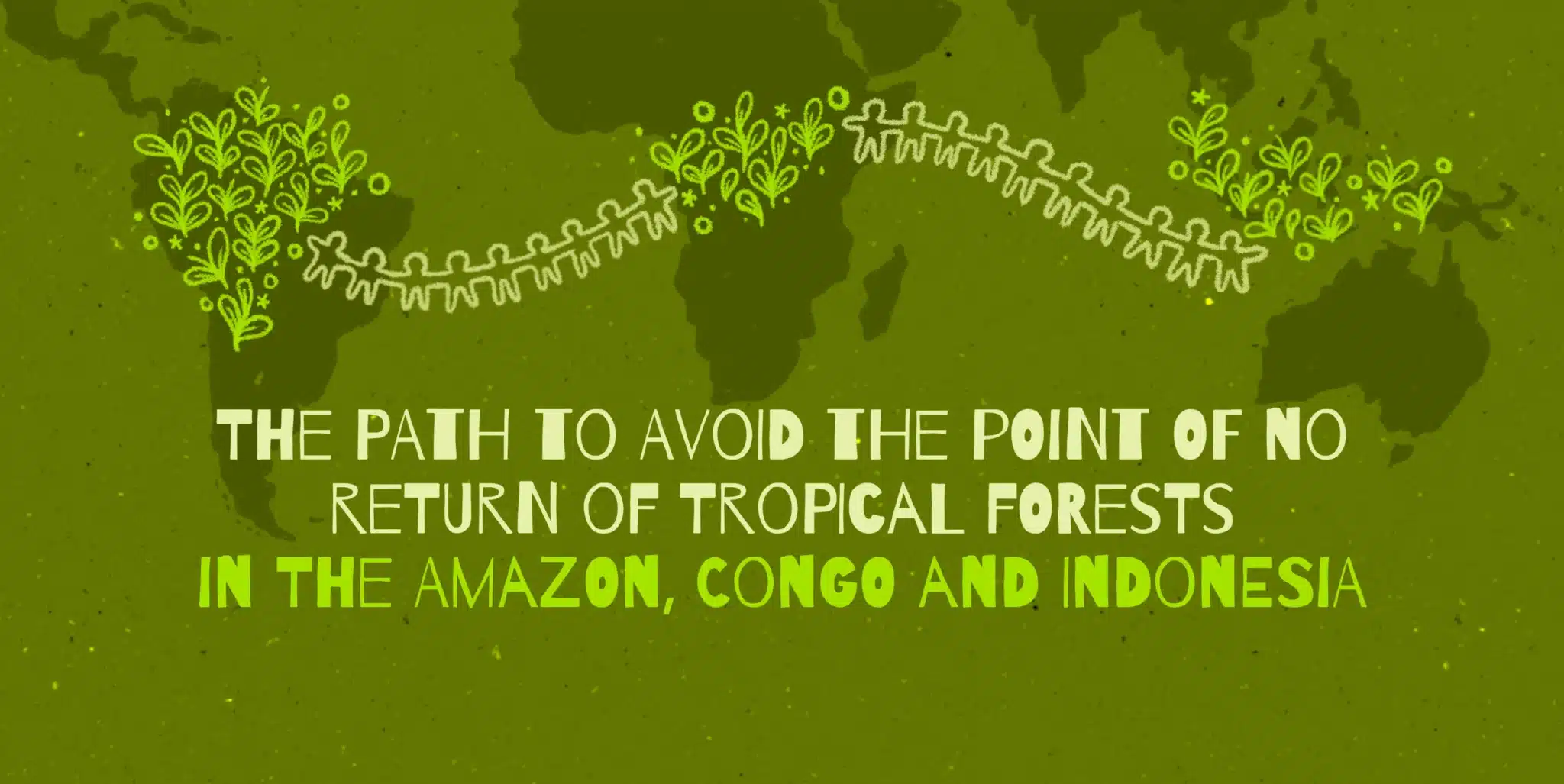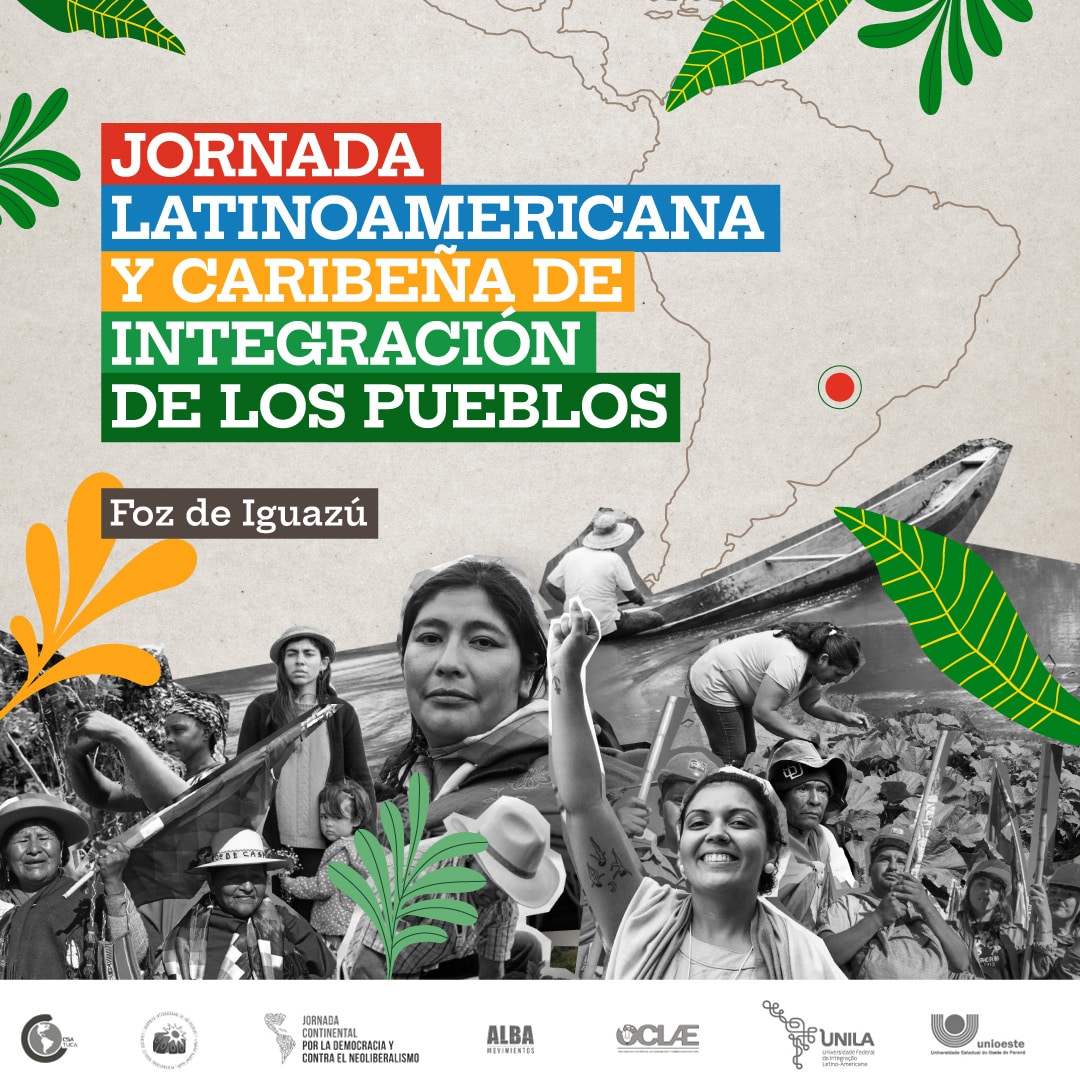Download the summary report here
Introduction
The Community Conservation Resilience Initiative assessment in Tajikistan is based on discussions and debates with six rural communities, who face various challenges. The six participating communities—Jonbakht, Sarikhosor, Dektur, Mulokoni, Dashtijum and Obigarm—are all located in a region with unique mountain and forest ecosystems, which are mainly rich in wild fruits (such as apples and plums) and nuts, and where the local communities are preserving their traditional livelihood techniques. It is a strategically important area, which is characterised by a dense population, high rates of population growth and high dependence of local communities on natural resources and ecosystems for food and income. Most of the natural vegetation has been altered, much of it being replaced by pastures, although local communities are striving to preserve their traditional livelihood techniques.
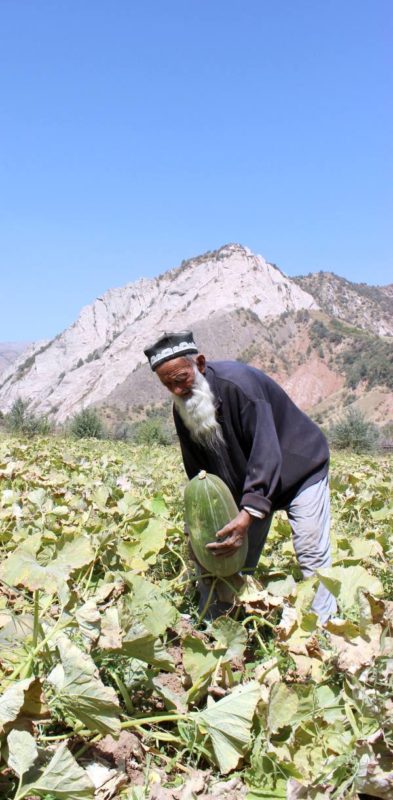
Local varieties yield a good harvest. Noosfera/GFC
Tajikistan has relatively effective and comprehensive legal frameworks relating to biodiversity conservation, access to land, and agricultural land use. However, lack of legal knowledge and cases of corruption have resulted in biased implementation of the existing laws and regulations. There are also issues relating to access to resources. For example there is a protected area dedicated to tourism and recreation, which is located close to two of the local communities (Sarikhosor and Dashtijum), where the Forestry Agency harvests dried fruits and nuts. However, the local population has no access to these resources.
For reasons like these a series of conflicts related to the management of lands, forests, grasslands and water has been escalating over the last few decades. The resilience of local communities is being undermined, resulting in poverty, labour migration, and even increased dependence on forest resources and ecosystems in general.
The assessment included detailed studies, field visits, polling and consultations with each community, a capacity building workshop for community leaders in the city of Kulob, and a national workshop in Dushanbe in May 2016. Various social groups (young people, women, men and elderly people) were covered by the assessment, so that it could take the different groups’ opinions into account. For example, the CCRI found that women are often unable to access and benefit from forests to collect non-timber forest products such as nuts, fruits and herbs.
Community Conservation Resilience Initiative in Tajikistan
The CCRI underlined that local communities are usually highly motivated to keep wild nature in a good state, so long as the local situation is not jeopardised by external economic and social factors. Traditional knowledge and practices are tailored to local ecosystems, and include respect for wild animals and bans on hunting or collecting medicinal plants in cases of their depletion. This helps the local wildlife to re-generate.
In Sarikhosor and Dashtijum some 20 local varieties of mulberry are carefully preserved, and mulberry products are very popular. The
berries serve as food for humans and domestic animals, the leaves for producing domestic silk, and the wood for carving utensils and musical instruments.
The Obigarm community maintains a practice of preserving local healing and thermal waters, which involves keeping local water sources clean, including by prohibiting cattle from drinking from or trampling them, and protecting them from erosion by planting trees. Specific threats identified include unregulated grazing from other areas, especially in local forests, demographic growth and excessive collection of non- timber forest products.
The Mulokoni community is rather remote and only accessible by road in the non-rainy season. Rich biodiversity, good soils and numerous local water springs support a large diversity of local economic activity. Local varieties of cereals and fruit trees are preserved, and grown in long-established and legend-endowed areas. However the planned construction of a year-round road may lead to a massive inflow of tourists, forest users and even hunters. The local community want to have a say in plans relating to the road construction and the use of nature.
Watch short video about CCRI in Tajikistan here:
Jonbakht is located in a rich mountain forest ecosystem in a favourable climatic zone. In the Soviet period a huge but never completed agro- industrial complex was built and local communities were resettled in the valleys. Now they are returning to their ancestral lands up in the mountains, planting gardens and orchards. They have been custodians of their landscapes, and their ecological knowledge and cultural norms have played a significant role in conserving natural resources. They value communal work and help each other when the need arises, for example, in cultivating food and building houses. However population growth is increasing pressure on the local environment.
Collectively, the participants emphasised that the political stresses of the last decades have resulted in the loss of traditional nature management systems by local communities and that they, in turn, have became ever poorer, depressed and uncertain about the future.
Representatives of the communities informed us about significant social and biological effects, which threaten their sustainability and their ability to continue living in a way that allows for respect and conservation of their local ecosystems and biodiversity. On the whole, innovative methods from other continents do not work in the unique mountainous areas of Tajikistan.
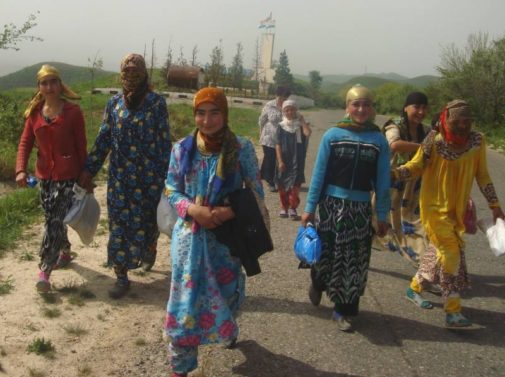
In the spring girls collect edible herbs in the mountains. Noosfera/GFC
Threats to sustainability were identified in all the communities’ assessments. In general, mountain ecosystems experience heavy stresses nowadays, from both anthropogenic activities and natural disasters. Existing systems of administrative regulation and management result in the development of lands and the destruction of sacred forests in violation of the laws of nature. Government programmes also contradict each other. For example, the Forest Programme aims to plant and maintain forests, but the Agricultural Program aims to exploit territories.
In the Obigarm community specific threats identified included an unregulated grazing system, including grazing by cattle from other districts in local communities’ forest areas. Demographic growth and the excessive collection of non-timber forest resources are also major problems. Thus, the areas traditionally managed by local communities and their sacred places are being lost. Pastures are also being inefficiently managed. All this induces negative impacts on the economic, cultural and spiritual life of the local population.
A further threat concerns the relocation of communities, which was raised by the local communities of Jonbakht and Sarikhosor. During the Soviet period communities were resettled to the valleys. Now they are returning back to their ancestral lands, up in the mountainous areas as described above. As a result, overpopulation and the increased degradation of lands are being observed. Forests are being cut down and the lands where they stood are being used to grow cereals, create gardens or as pastures. Local communities are losing their habitats, the culture of their ancestors and their rights to sustainable livelihoods.
Preliminary Findings and Recommendations
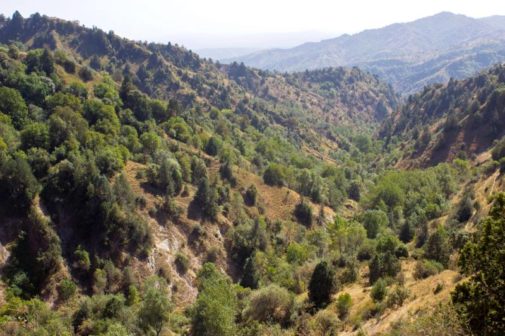
The healthy mountain ecosystems of Baldjuan. Noosfera/GFC
Based on the results of participatory meetings, a draft summary of identified conflicts, needs, resources and solutions was prepared. A key conclusion is that the communities’ resilience and their ability to continue managing and conserving their local environment could be significantly enhanced. In general, ecosystem recovery, forest regeneration and sustainable agriculture are the key priorities. Local energy generation projects should be developed in collaboration with communities, supporting them with financial resources, trainings and institutions.
The CCRI included a dialogue with women and young people. They are also key actors in the recovery of communities’ knowledge, practices, conservation capacities and resilience. Women from all of the communities said that they want to be able to prevent further encroachment into their lands. They would like to incorporate systems of nonconventional renewable energy (NCRE) at the community level including solar, wind and bio- digestion technologies. They also focused on the importance of agroecology and agricultural advice from specialists, and trainings for women.
Testimony

Mr. Khoja Saidov and his son Mirzo from the community of Jonbakht. Noosfera/GFC
Our rich mountains provide resources for our livelihoods and for the market. We use nuts, herbs, and shrub fruits from our forests. In order to have a good harvest from our gardens we graft our apple, pear, cherry and plum trees with wild trees from the forest. This also gives different properties and tastes to our fruits.
I am glad to keep my father’s covenant and return to the land of our forefathers. In the middle of the last century, our community was resettled against its will to the Vakhsh valley to plant cotton. Now we are back. To prevent this from happening again, today we want to enjoy the right for land and natural resources. But at the moment we can only rent these, and, for this reason, our young people often leave the country as labour migrants. Our forests, located close to the road, are cut down by casual travelers. As a result, rainwater streams and mudflows often wash off the paths and we lose fertile soil from our plots of land, which are located on steep mountain slopes. Our goal is to restore forests and ecosystems around our community and ensure our sustainable livelihoods. We want to transmit all these values to our children to ensure that the cycle of community life continues.
All communities want to access their territories, rivers and forests freely, to practice diverse peasant agriculture and traditional practices, and to promote education about sustainability values and practices. Traditional knowledge and customary practices need to be promoted or revitalised and there needs to be support for economic livelihoods, as particularly noted by the women. The youths are also eager to document traditional knowledge.
Since natural pastures are severely degraded due to overgrazing, the communities of Obigarm and Jonbakht are also studying the issues of managing pasture resources and regulating farm livestock numbers. The communities of Dashtijum, Sarikhosor and Mulokoni want to be engaged in horticulture growing local varieties of plants. They also need support to organise a mini-workshop about processing organic products made from local fruits, and gaining access to the market to sell their products.
In general the capacity and influence of local community leaders needs to be improved, and consultations and legal advisory services for local authorities are needed to mediate conflicts and disputes over natural resources, especially around access to pastures and forests.
Support for all of these initiatives could help to revive resilient communities and ensure community conservation.
This summary is based on a full CCRI report about the communities’ conservation resilience assessment in Tajikistan, which can be found here.
Download Report of the Community Conservation Resilience Initiative in Tajikistan here.

